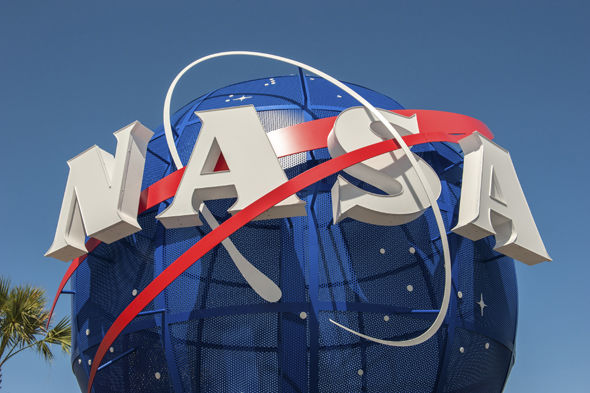
Breaking News
 2 Hours of Retro Sci-Fi Christmas Songs | Atomic-Age Christmas at a Snowy Ski Resort
2 Hours of Retro Sci-Fi Christmas Songs | Atomic-Age Christmas at a Snowy Ski Resort
 Alternative Ways to Buy Farmland
Alternative Ways to Buy Farmland
 LED lights are DEVASTATING our bodies, here's why | Redacted w Clayton Morris
LED lights are DEVASTATING our bodies, here's why | Redacted w Clayton Morris
Top Tech News
 Travel gadget promises to dry and iron your clothes – totally hands-free
Travel gadget promises to dry and iron your clothes – totally hands-free
 Perfect Aircrete, Kitchen Ingredients.
Perfect Aircrete, Kitchen Ingredients.
 Futuristic pixel-raising display lets you feel what's onscreen
Futuristic pixel-raising display lets you feel what's onscreen
 Cutting-Edge Facility Generates Pure Water and Hydrogen Fuel from Seawater for Mere Pennies
Cutting-Edge Facility Generates Pure Water and Hydrogen Fuel from Seawater for Mere Pennies
 This tiny dev board is packed with features for ambitious makers
This tiny dev board is packed with features for ambitious makers
 Scientists Discover Gel to Regrow Tooth Enamel
Scientists Discover Gel to Regrow Tooth Enamel
 Vitamin C and Dandelion Root Killing Cancer Cells -- as Former CDC Director Calls for COVID-19...
Vitamin C and Dandelion Root Killing Cancer Cells -- as Former CDC Director Calls for COVID-19...
 Galactic Brain: US firm plans space-based data centers, power grid to challenge China
Galactic Brain: US firm plans space-based data centers, power grid to challenge China
 A microbial cleanup for glyphosate just earned a patent. Here's why that matters
A microbial cleanup for glyphosate just earned a patent. Here's why that matters
 Japan Breaks Internet Speed Record with 5 Million Times Faster Data Transfer
Japan Breaks Internet Speed Record with 5 Million Times Faster Data Transfer
NASA successfully completes first test of compact nuclear power system that could ...

(Natural News) One way or another, humans are going to visit other planets. The dream, according to many scientists, is to land on the one that's orbiting the sun right next to us: Mars. The most experienced and most knowledgeable experts in the relevant fields of study are already hard at work on turning this dream into a reality. And as part of humanity's preparations, they're looking to land some humans on somewhere that's a little bit closer: the moon. Now they've shared some details on their progress so far.
In a recent announcement, the National Aeronautics Space Agency (NASA) has revealed that it has already conducted some initial testing on a so-called compact nuclear power system, which could be used to power a long-term land-based human mission on the red planet. The space agency said that their tests were successful and that a full-power test run is scheduled to happen sometime in March.
According to a report on the space agency's announcement from Reuters, NASA has been developing a viable nuclear fission system under its private Kilopower project for quite some time now. It is said that the agency has been conducting months-long testing at the Nevada National Security Site with the help of the U.S. Depart of Energy (DOE) and that it had "an eye toward providing energy for future astronaut and robotic missions in space" as well as on the surface of the planet Mars. They were also looking to use the technology on "the moon or other solar system destinations," said the report.
The creation of a viable nuclear-based power source such as the one that NASA and the DOE are working on right now is of utmost importance, especially if the planned missions to Mars and beyond truly happen at some point in the not-so-distant future. This is due to the fact that any long-term occupation on any planet or moon will require the use a power source that's able to meet the following criteria. First, it needs to be strong enough to sustain a human base for a specified period of time. Secondly, it also needs to be small and light enough to be transported easily from Earth to space.

 $100 SILVER CONFIRMED?
$100 SILVER CONFIRMED?

